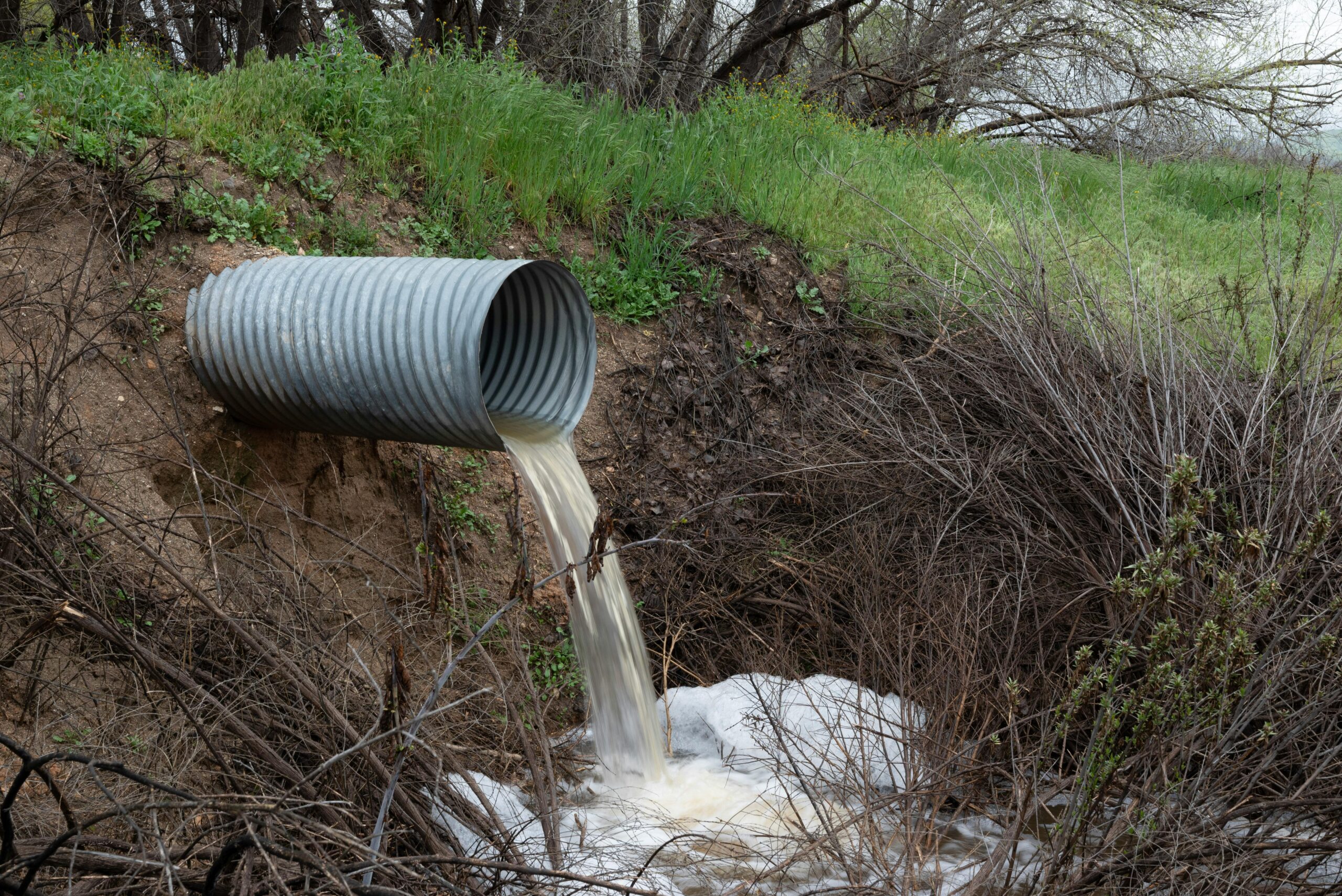
What Is PFAS
PFAS is an acronym for a class of chemicals known as Per-Fluoro-Alkyl-Substances. Dupont invented this chemical and labeled it Teflon, however, today 3M and Dupont are the largest manufacturers of it. The chemicals are found in a list of modern products too vast to mention but as a place to start know that PFAS can be found in non-stick-cookware, grease proof paper such as pizza boxes, dental floss, stain-resistant fabrics, fire-fighting foam, and eye makeup. The center for disease control has stated that 97% of the population has PFAS chemicals in their blood
The Problem
PFAS has been called the forever chemical because it is virtually indestructible and does not readily decompose in the environment. Disposing of it merely allows it to be reabsorbed into our soil and water where it will once again make its way into our bodies. The problem is that PFAS has shown itself to be carcinogenic. Dupont knew this as far back as the ’60s, but records show that they suppressed this information, especially from the residents of the factory location in Parkersburg, West Virginia. Oddly enough, yours truly supplied a substantial amount of water purification products to this plant in the mid – late ’80s and like everyone else, was completely oblivious to the toxicity of the stuff.
The Next Steps
For the first time, the EPA recently added PFAS limits to the Safe Drinking Water Act. Many have applauded this action and perceived it as a sweeping solution that will keep us safe from these deadly chemicals. However, such is not the case because our treatment plants were built as long as 50 years ago when PFAS was not even being thought about. There is no existing technology in our plants to remove and destroy this chemical. There are no steps in the works to stop manufacturers from using PFAS in their products. There are no steps in place to remove existing PFAS from our soil and water. Also remember that other industrialized nations have no reason to reduce PFAS in the products they sell to the US. The EPA action is a good starting point but unless the government makes PFAS infrastructure funding available, as well as clean-up mandates, and sanctions against PFAS containing imports, our battle against PFAS may be futile.
5 Solutions
- DESTRUCTION, NOT FILTRATION – We must look for destruction technologies and not filtration solutions. Technologies such as reverse osmosis, activated carbon and ion exchange resin can separate PFAS from drinking water, however, when filtered, the PFAS is simply cast off into the drain water and returned to the environment. In water, PFAS can be destroyed with oxidative chemicals and high temperatures, typically 300°F. This is an added expense to our drinking water and the byproducts of chemical destruction must be closely examined and accounted for. Unfortunately, this remedy requires government action.
- SOIL REMEDIATION – Our farmlands, and soil in both residential and commercial areas are infused with years of PFAS contamination. Soils can be treated in a thermal oxidizer (high temperature heating) or by a process called Solidification in which adsorbents are put into the soil to pull out/sequester the contaminants. Again, without government intervention, mandates and funding, this much needed solution is not going to happen.
- HOME FILTRATION SYSTEMS – As the public becomes more aware of PFAS chemicals we can be sure that the new “miracle” offerings from water filtration companies will be popping up like mushrooms. Make no mistake, technologies like Reverse Osmosis, Activated Carbon, and Ion-Exchange, will remove PFAS from our drinking water. Just remember that while these products will make our own water clean, they will return the PFAS to the environment via the drain so that we can drink/eat them down the road. To me, this presents a moral dilemma. If we are willing to pollute downstream if it means clean drinking water for ourselves, doesn’t that make us the same as the chemical companies who dump this water into the environment for their own benefit?
- BOTTLED WATER – The very mentioned of this has just made me a hero with Dasani, Aquafina, and all the other bottled water companies. The practicality of this aside, drinking the proper bottled water can prevent us from ingesting PFAS when we drink. But what about our showers, food, pools, CPAP machines and more? Even if we could afford bottled water for all the other water needs, our lives would be consumed moving bottles, and the plastic generated would pollute the planet even more.
- DO NOTHING – This certainly is not a solution, however, given the gross contamination of PFAS that has been introduced into our environment and our bodies, eliminating PFAS from our own future personal water consumption, by scientific analysis, is probably meaningless.
The Takeaway
Despite all the attention PFAS is getting, there is still no definitive description on whether the material is carcinogenic. Unfortunately, just as we were lied to at the inception of Teflon, as it was with Covid, the entities that we put in place to protect us, sadly, influenced by money and agenda, very often fail to do so. I am inclined to believe those who say PFAS is carcinogenic over those who claim it is not.
So where does that leave us? Unfortunately, because America does not have a water czar or remediation mandates, this is yet another example of where leadership has left us to fend for ourselves when it comes to water. As an experienced water expert what do I do? Well, other than having an activated carbon filter on my refrigerator water dispenser, I will do nothing. My personal feeling is that given all the conditions cited in this article, the problem of PFAS has passed the point where man can do much about it.







